Align physician payment with teamwork and system improvement, part V
This is the fifth part of a series examining the policy barriers and solutions to reducing surgical wait times in Canada. The series has been adapted from a research paper by Andrew Longhurst. The complete paper with reference list for the footnotes is available here.
A key advantages in many high-performing health systems is that specialists and surgeons receive salaries and work directly for the regional health authorities; unlike in Canada, they are not independent, fee-for-service contractors, effectively running small businesses.[1] In Canada in 2017/18, 73 per cent of total clinical payments to physicians were fee-for-service, and only to 27 per cent were through alternative payment models (e.g., salary, capitation, sessional payment).[2] Only 8 per cent of surgeons derived more than half of their total clinical payments from alternative payment methods, which is notably lower than family medicine and other medical specialities.[3]
Alternatives to fee-for-service compensation – including salaried, capitated or blended payment – would help streamline waitlists and referral processes by shifting these responsibilities from individual surgeons to health authorities. As Toronto surgeon David Urbach and family physician Danielle Martin write in a Canadian Medical Association Journal commentary, some surgeons are reluctant “to give up control of their larger blocks of operating-room time, which allows them to do more procedures and earn more money.”[4] Some surgeons oppose team-based models of care because they view it as a threat to their fee-for-service billings,[5] even though there is no shortage of work to go around. Team-based care would allow surgeons to focus their time performing surgeries and consulting with patients who actually require surgery. But as health policy analysts Steven Lewis and Terrence Sullivan have noted, “doing routine work efficiently is more lucrative than solving complex problems, which drives specialists to work at the lower end of their capabilities.”[6]
In recent decades, many jurisdictions have moved away from fee-for-service payment since it favours practitioner autonomy and over-servicing at the expense of teamwork, cost-containment, and system improvement.[7]
[1] Longhurst et al., 2016.
[2] CIHI 2019d, p. 31.
[3] CIHI, 2019d, p. 33.
[4] Bains, 2020.
[5] Longhurst et al., 2016, p. 33.
[6] Lewis and Sullivan, 2013b.
[7] Grant and Hurley, 2013; Lewis and Sullivan, 2013a, 2013b; Shroeder and Frist, 2013; Cohen, 2014; Marchildon and Sherar, 2018; Longhurst, 2019.


